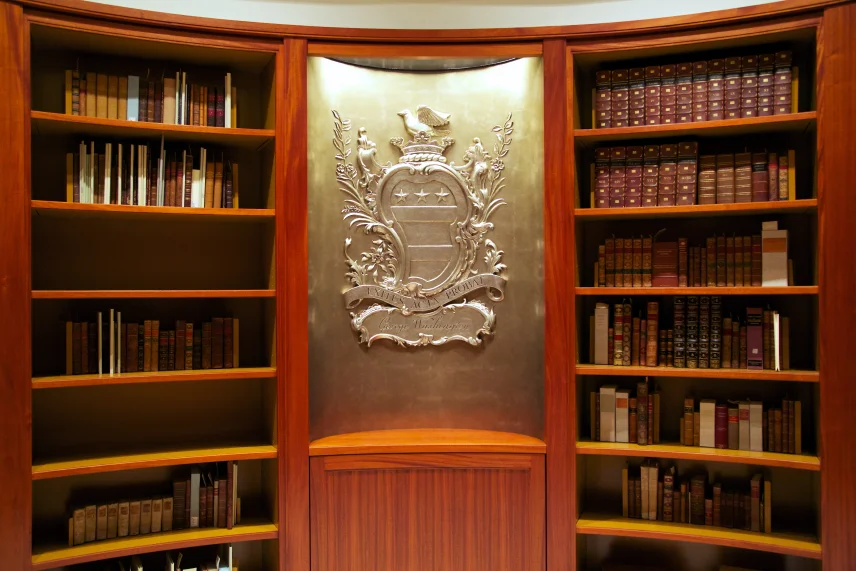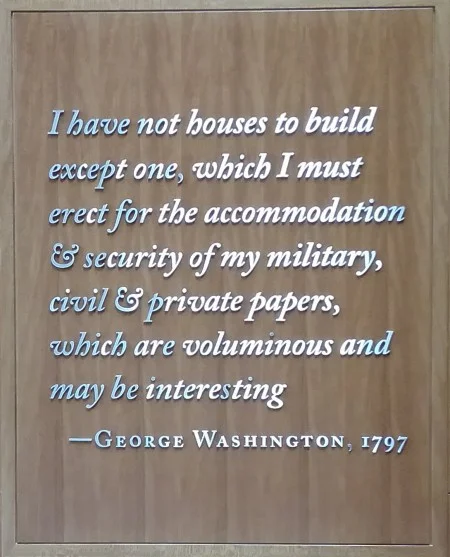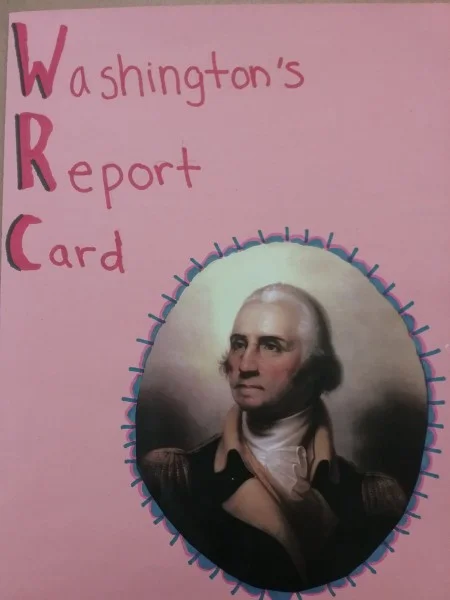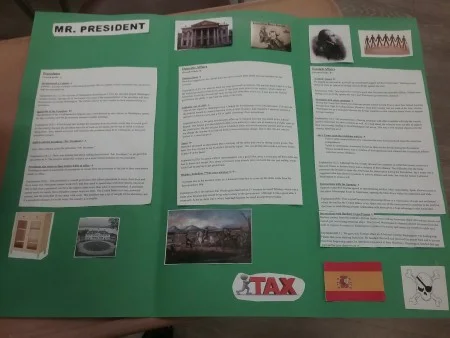By Andrew Lefer

I once believed that I had a fairly complete understanding of George Washington. Upon entering school, he is one of the first famous Americans taught to students. After attending the George Washington Teacher Institute in the summer of 2017, I realized that there is much more to the American Cincinnatus than what I had originally believed. Never before had I experienced a week of professional development that was so informative, immersive, and engaging than my week at Mount Vernon.
During my time on the estate, I worked collaboratively with other motivated educators who epitomize what teaching history is all about. We experienced life in the 18th century by touring the Mansion, exploring the expansive grounds, and engaging with true experts in history. It was an incredible experience that I would recommend to anyone with a passion for history and learning.
George Washington as ‘Mr. President’
George Washington was not a perfect president. Is this sacrilege? I once thought so. I believe today's students need to take the history lessons from past generations and think more critically about such subjects. This does not mean throwing out these ideas, rather, taking what history has given us, re-evaluating conventional understanding, and applying it to the modern world. Mount Vernon did this for me, and we as educators strive to do this for our students.
Towards the end of the school year, my 7th graders are tasked with using primary and secondary sources to grade Washington and his presidency in the form of a report card. As students approach this task, they begin to realize that Washington was anything but perfect. As the students research, I can see them transform from quietly accepting their previous understanding of our first president to uncovering new information that changes the way they view history. For instance, the students are surprised to learn that they have received nearly as much formal education as Washington. He was friends with politically savvy individuals such as George Mason and gained experience by serving in the Virginia House of Burgesses (yes, the same one from Jamestown, students!). That being said, Washington was more than aware of his modest educational background—he knew he would need to rely on others when he assumed leadership of the fragile new nation. As a result, Washington set the precedent of establishing a cabinet; a move overwhelmingly applauded by students who are thrilled to hear that we are finally talking about Alexander Hamilton. Hamilton, along with Thomas Jefferson, helped guide Washington through his first term as president. As we study the cabinet, students discuss the importance of asking for help and listening to the perspectives of others in order to achieve success. Every president has learned this lesson and expanded upon it. Today my 7th grade students apply it to their lives.
Washington’s Farewell Address: A Lesson to Future Leaders
After giving Washington his report cards, students analyze his Farewell Address. They go through the document and work cooperatively to understand the meaning of this centuries-old text (something that they are used to by the time we tackle this assignment in June). As they read, students encounter ideas like staying neutral in times of conflict and the divisive effects of political parties. We engage in lively debates about whether we have heeded Washington’s advice in regards to avoiding European conflicts, or limited our reliance on spiteful politicians. I can see the true learning that has taken place as students engage in insightful discussions about Washington, his policies, and connections to the world we live in today.
At the end of each class period, I ask my students what they have learned. This self-reflection is an important tool for the children, as well as the nation. We cling so tightly to our beliefs as if the opinions we have are part of who we are. This is both untrue and irresponsible.
We must be willing to question our assumptions and beliefs in light of new and better information. I cite Washington as an example of this. For instance, it is amazing to see his beliefs about slavery develop throughout his life. In the 1760s, Washington found slaves to be an integral part of plantation farming and the overall output of his 8,000 acre estate. By the late 1770s, however, we can see a change of his beliefs. Friendships with abolitionists, interactions with African Americans during the Revolutionary War, and financial losses on his plantation led Washington to question slavery—and express ambivalence about being a slave owner—by the end of his life.
Let us think about our opinions as a nation of people, united under a common sense of beliefs and laws, in the context of Washington’s life as President. There is no shame in asking for help; Washington did. There is no shame in feeling nervous in the face of a monumental task; Washington certainly did. There is definitely no shame in changing our beliefs when presented with new information. As a country, let us take a page out of Washington’s book and use the others around us to help inform our decision-making. Consider all possible viewpoints in order to reach a more reasoned judgement. Be open to the views of others and engage in dialogue based on logic and not rhetoric. Washington knew, as well as anybody, that you could never please everyone; I remind my students of this time and time again. If you include others in the decision-making and work together, we can eliminate the divisiveness that Washington warned against in his Farewell Address to create a better nation for all.


